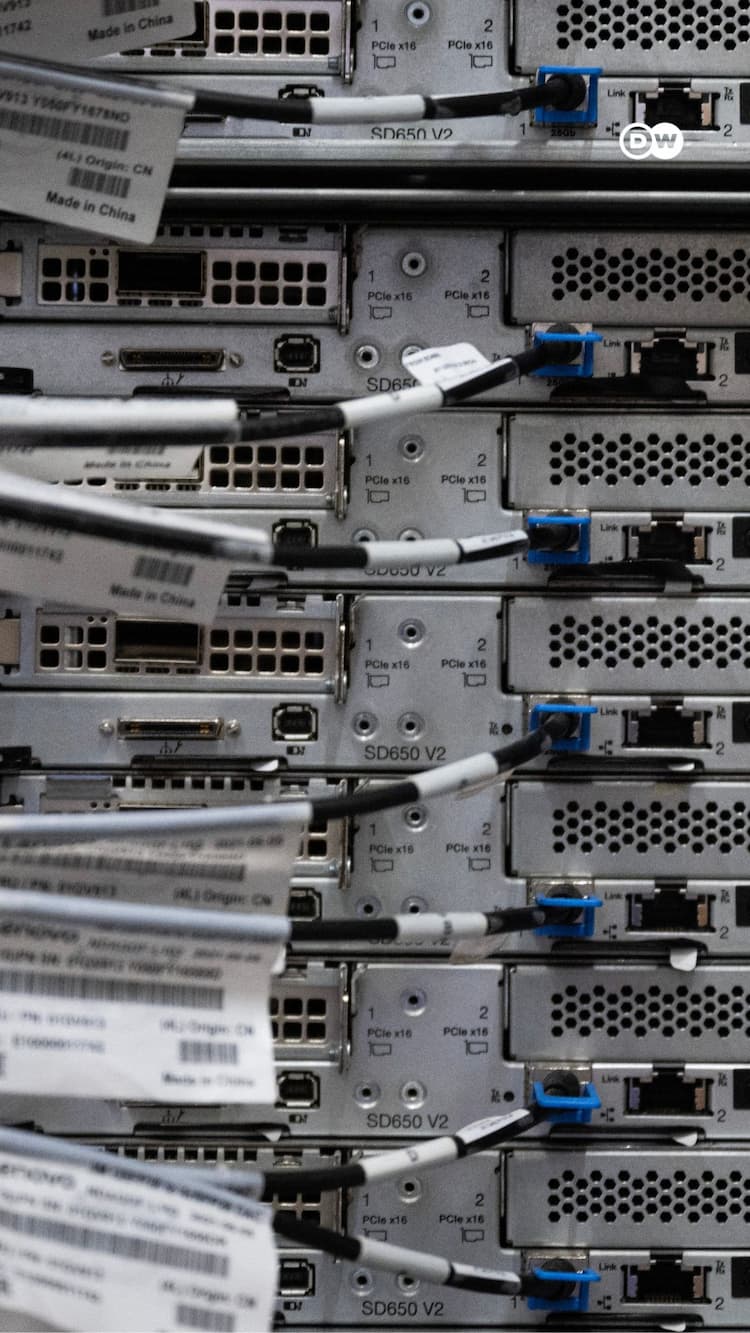ChatGPT’s new image AI nails text, detail & edits—Midjourney who?
Can your AI image generator actually place text where you want it—or juggle more than five things in one scene?
OpenAI just dropped a major update for GPT-4o, that finally solves what DALL·E and most other models have long struggled with.
Unlike DALL·E 3, a diffusion transformer model that gradually denoised pixels to create images, GPT-4o is now natively multimodal. That means it can generate images, write code, and carry on a conversation—all using the same unified model.
Better support for text inside images
GPT-4o accurately renders text inside images—perfect for posters, menus, and infographics. It can also follow complex instructions with high fidelity and place up to 20 distinct objects in one frame. That’s a massive leap from the 5–8 object limits of older models. It’s designed not just to look pretty, but to communicate clearly through structured text, symbols, and diagrams.
Handles more complexity in a single scene
Earlier models often struggled with busy compositions, but GPT-4o now supports scenes with up to 20 objects. That opens up use cases like product mockups, event layouts, or character-heavy concept art that require more elements to appear in the same frame—without falling apart.
Images that evolve with your input
A major game-changer is its multi-turn image generation. Instead of starting from scratch every time you want to make a small change, GPT-4o supports conversational edits. You can ask it to reposition elements, adjust styles, or add new items while keeping the rest of the image intact. It’s a more collaborative way to generate content.
Style matching with reference images
With in-context learning, users can now upload reference images to guide the output. GPT-4o picks up visual cues like colors, fonts, and composition, making it easier to maintain consistency across design projects or align with an existing brand look.
Creative freedom, with safety in place
From game development and branding to education and scientific visuals, GPT-4o fits right into workflows. Its integration with Sora also brings these capabilities to video generation.
To ensure responsible usage, OpenAI adds C2PA metadata to every generated image, making their AI origin verifiable. The model also blocks explicit, misleading, or harmful visuals and places stricter filters on images involving real people.
Now available for ChatGPT users
The new features are already live for Free, Plus, Pro, and Team users of ChatGPT. Enterprise and API access is coming soon. As generative tools evolve, GPT-4o’s upgrade signals a move toward more practical, user-friendly image creation that meets real-world design needs—without the usual frustrations.









